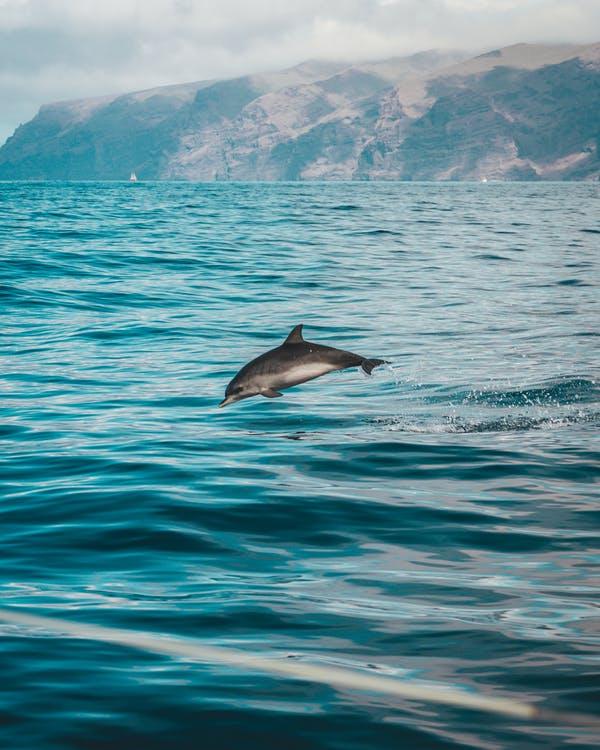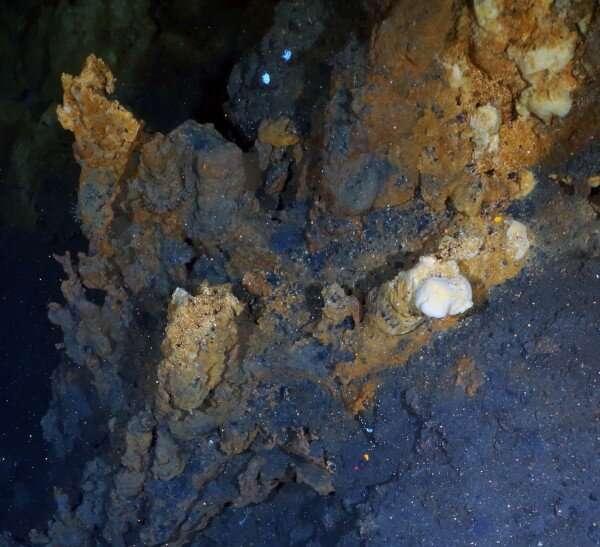What did an international team of researchers, including Eoghan P. Reeves from the Department of Earth Sciences and the Center for Deep Sea Research, publish this week in Nature Communications? Well, they published their first findings on the geological and geochemical environment of the Aurora hydrothermal vent system. The team used results from icebreaker cruises in 2014 and 2019. In Nature Communications, they argue that Aurora may host the types of hydrothermal venting that are suitable for abiotic organic molecule synthesis, and thus could help investigate the origin of life on Earth. But also elsewhere in the Solar System, on ice-covered 'Ocean Worlds' such as Saturn's moon Enceladus.
Also Read: Turning Used Coffee Grounds into Biodiesel
A Deep Hydrothermal Vent in the Arctic Ocean

In 2014, researchers at the Woods Hole Oceanographic Institution (WHOI) discovered a hydrothermal vent in the Arctic Ocean and named it the Aurora hydrothermal system. A follow-up expedition to the region five years later also revealed that the hydrothermal system may hold clues for finding life on other planets and their moons, according to a press release.
Hydrothermal vents on the ocean floor are nothing new. Oceanographers can list hundreds of such vents in every major ocean in the world. So when WHOI researchers found the Aurora Hydrothermal vent, they went back assuming it was a vent with a massive ice cap. However, a follow-up visit to the site revealed much more about the vent and how it could help scientists look for signs of life on Jupiter's moon Europa and Saturn's moon Enceladus.
How Can Hydrothermal Ventilation Help Us?

Oceanographers may have drawn hundreds of black smoky vents on the seafloor, but most of them interact with the basaltic or silica-rich rocks beneath. Ultramafic rocks and the circulation of hot water through them is an important concept in research into the origin of life and astrobiology.
Scientists want to study more to know if they can expand their knowledge of such vents. In addition to providing clues about signs of life, these vents are also of economic interest because of the high levels of copper and gold found in Aurora's deposits. Until recently, scientists were of the opinion that such regions could not sustain the growth of mineral deposits for very long.
WHOI senior scientist Christopher German said in a press release. "We continue to be amazed at how diverse and amazing the seafloor is. Every time we go out and explore, we are surprised because we don't find more of the same. Rather, we keep finding completely new things, different from anything we've seen before." The research findings on the Aurora hydrothermal system were recently published in the journal Nature Communications.





No comments yet for this news, be the first one!...